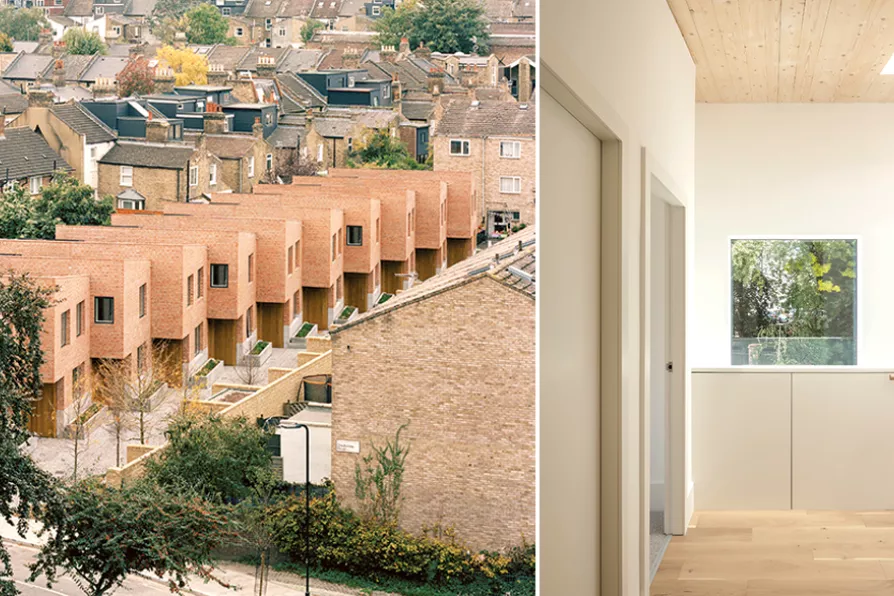In his second round-up, EWAN CAMERON picks excellent solo shows that deal with Scottishness, Englishness and race as highlights

 COMFORT FOR THE MANY: Our vote (not that we have one) goes to Chowdhury Walk, a part of an ambitious programme of new generation council homes by Hackney Council, London. An infill development of 11 houses that stands between two existing terraces and their gardens, on a plot previously occupied by garages and ad hoc car parking - spectacular!
[Rory Gardiner]
COMFORT FOR THE MANY: Our vote (not that we have one) goes to Chowdhury Walk, a part of an ambitious programme of new generation council homes by Hackney Council, London. An infill development of 11 houses that stands between two existing terraces and their gardens, on a plot previously occupied by garages and ad hoc car parking - spectacular!
[Rory Gardiner] THE Stirling Prize is awarded every year by the Royal Institute of British Architects (RIBA) for the UK’s best new architecture. This year’s six-project shortlist includes only one new building. The rest is made up of a masterplan outlining the placement of buildings and streets around Kings Cross, London Underground’s Elizabeth Line and three other projects that work extensively with existing structures.
Since its inception in 1996, we have seen success move from high-profile civic buildings, museums, galleries and libraries to works that move towards a wider definition of architectural quality, which includes residential development and community spaces.
In the last 10 years, winners have included a social housing project (2019), a community-owned pier (2017) and a school (2015), as well as the more usual mix of cultural and university buildings. This reflects the renewed ethical consciousness of the profession, struggling to assert itself in the context of a climate emergency, the tragic Grenfell tower fire and marginalisation in the construction process as the traditional role of the architect is replaced by developers, builders or new technologies.














